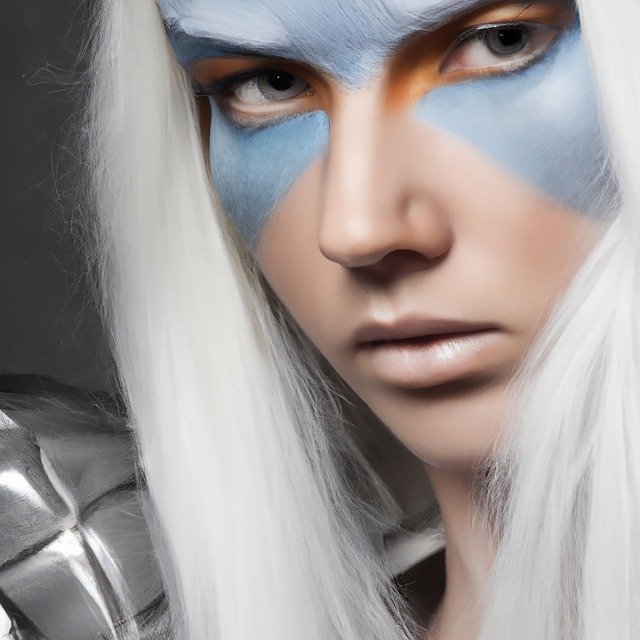Unlocking the Potential of AI Art
In recent years, Artificial Intelligence (AI) has become increasingly prevalent in the world of art. AI-generated art has the potential to revolutionize the way we think about and experience art, unlocking new dimensions of creativity and expression. However, the full potential of AI art has yet to be realized. In this article, we’ll explore the current state of AI art and the possibilities for the future.
What is AI Art?
AI art, also known as algorithmic art, is created using algorithms and computer programs. It is a form of generative art, which is art that is generated by a computer using a set of rules. AI art can be created in a variety of different media, including visual art, music, and literature. AI art can also be used to create interactive experiences, such as virtual reality (VR) and augmented reality (AR).
The Benefits of AI Art
AI art has the potential to open up new possibilities in the world of art. It can be used to create art that is more expressive and complex than what is possible with traditional methods. AI art can also help to democratize the art world, making it easier for people from all backgrounds to create and share art. Additionally, AI art can be used to create art that is more accessible to people with disabilities, such as those who are visually impaired.
The Challenges of AI Art
Despite the potential benefits of AI art, there are still some challenges that need to be addressed. For example, AI art can be difficult to create and interpret, as it requires a deep understanding of algorithms and computer programs. Additionally, AI art can be seen as a threat to the traditional art world, as it has the potential to replace human creativity. Finally, AI art is still in its early stages, so there are still many unknowns about how it will evolve and what impact it will have on the art world.
The Future of AI Art
Despite the challenges, AI art is still a relatively new field with a lot of potential. As AI technology continues to advance, it will become easier to create and interpret AI art. Additionally, AI art will become more accessible to a wider range of people, as more tools and resources become available. Finally, AI art will become more widely accepted in the art world, as it will become increasingly seen as a legitimate form of expression.
Conclusion
AI art has the potential to revolutionize the art world, unlocking new dimensions of creativity and expression. It has the potential to democratize the art world, making it easier for people from all backgrounds to create and share art. Additionally, AI art can be used to create art that is more accessible to people with disabilities. As AI technology continues to advance, AI art will become easier to create and interpret, and more widely accepted in the art world.









